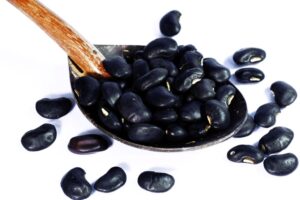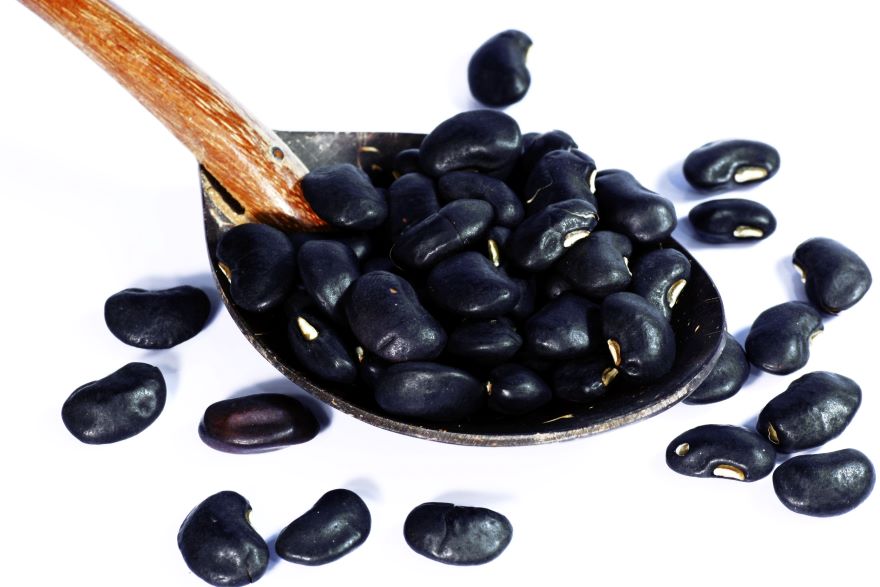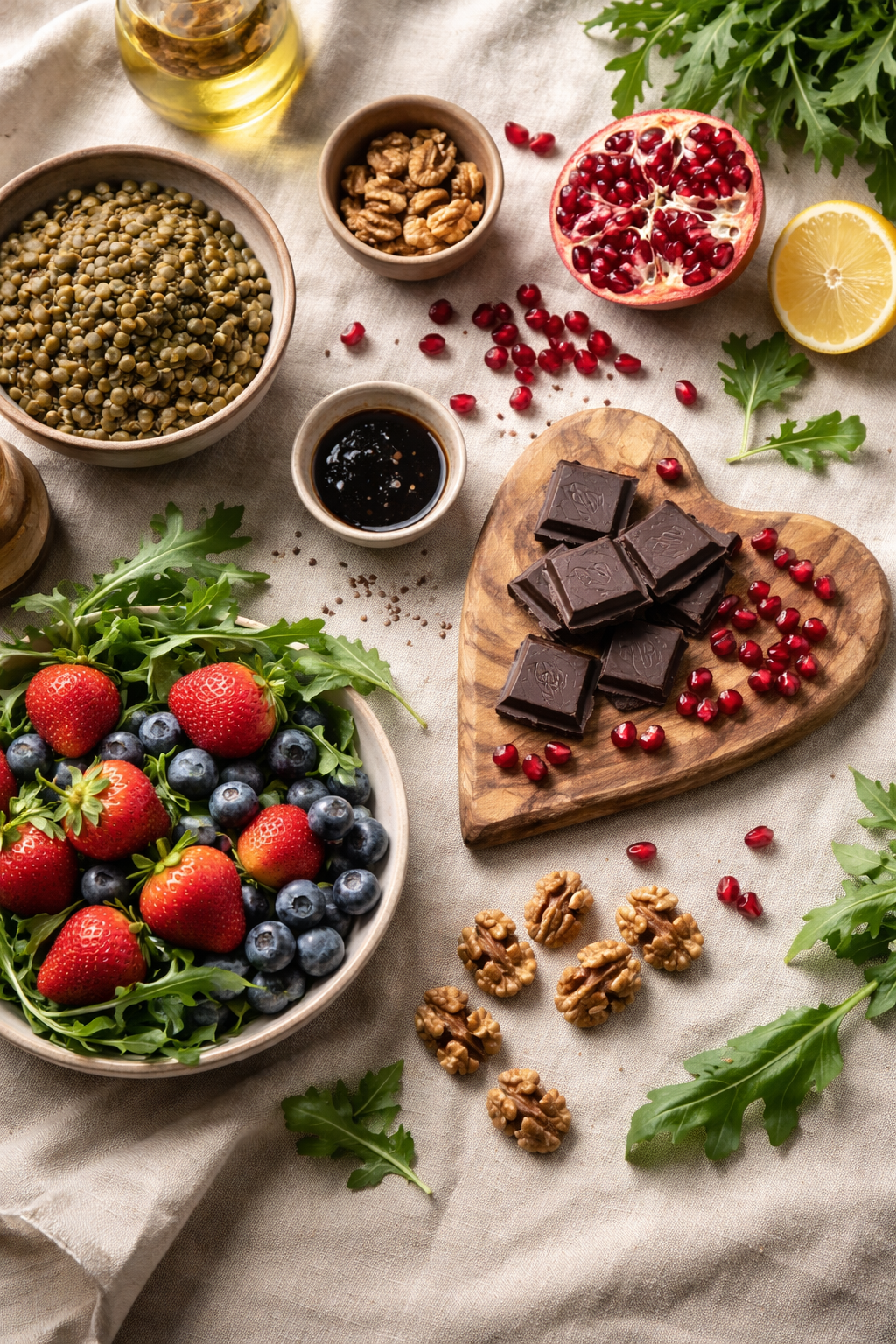Black turtle beans, often simply known as black beans, are a staple in various cuisines and a rich source of nutrients. Their high protein and fiber content make them an excellent dietary choice, particularly for plant-based diets. As a small, shiny legume, black turtle beans not only contribute to a satisfying meal but also offer important health benefits owing to their complex carbohydrates and low glycemic index, which can aid in blood sugar management.

Their versatility in the kitchen is matched by their nutritional value. Black turtle beans can be incorporated into a wide array of dishes, boasting a robust flavor that is highly regarded in Latin American dishes, as well as Cajun and Creole cooking. Serving as a cultural cornerstone, these beans have been nourishing populations for centuries, and their presence in modern kitchens continues to grow. When selecting black turtle beans for cooking, it’s important to choose plump, uniform beans and to store them properly to maintain their flavor and nutritional value. With the right preparation, cooking methods can amplify their natural taste and enhance their texture, whether one opts to soak and simmer them or use a pressure cooker for convenience.
Key Takeaways
- Black turtle beans are a nutrient-dense food high in protein and fiber.
- They are integral to many dishes and cuisines, reflecting their diverse culinary uses.
- Proper selection and cooking methods can maximize their flavor and health benefits.
The Nutritional Profile of Black Turtle Beans

Black Turtle Beans are recognized for their rich content of protein, fiber, and essential minerals, making them a highly nutritious choice for those looking to maintain a healthy diet.
Vitamins and Minerals
Black Turtle Beans are a treasure trove of essential vitamins and minerals. A single cup of these beans can significantly contribute to the daily recommended intake of iron and magnesium, which are crucial for blood health and muscle function, respectively. They also contain a notable amount of potassium, which is important for maintaining healthy blood pressure levels. For bone health, the calcium content plays a vital role, while the presence of zinc is vital for immunity and healing. Additionally, the beans are an excellent source of folate, essential for DNA synthesis and cell growth.
Fiber and Protein Content
The protein content in Black Turtle Beans is quite impressive, offering a substantial amount per serving that can support muscle building and repair. Coupled with a high fiber content, they provide a feel of fullness and can aid in digestion and regulation of blood sugar levels. The fact that these beans contain all nine essential amino acids, although slightly lower in methionine, makes them a complete protein source, which is particularly beneficial for a plant-based diet.
Low Fat and Calorie Count
For those watching their calorie and fat intake, Black Turtle Beans are an excellent food to incorporate into meals. They have a low-fat content, with the majority of their calories coming from their high protein and carbohydrate content, making them a hearty ingredient that doesn’t compromise on nutrition. Calories in Black Turtle Beans are derived primarily from their complex carbohydrates, which offer sustained energy. Not only do they support a weight management diet, but studies have also suggested that incorporating Black Turtle Beans can help ameliorate insulin resistance in the context of a high-fat diet.
Culinary Uses and Flavors
In my exploration of black turtle beans, I’ve discovered their remarkable versatility in the kitchen, providing a distinctive flavor and a hearty texture that can enhance a variety of dishes.
Typical Dishes and Recipes
Black turtle beans are a staple in Latin American cuisine, often found at the heart of many traditional recipes. Their robustness makes them perfect for soups and stews where they absorb flavors while maintaining their form. In Latin America, a classic example is the Brazilian “feijoada,” a rich stew of beans and meats. Similarly, I’ve seen them used in Creole cuisine to create “Moros y Cristianos,” a flavorful Cuban dish where they’re served with white rice.
- Feijoada (Brazil)
- Moros y Cristianos (Cuba)
Their adaptability also shows in salads, like the Mexican black bean salad, where their firmness adds a satisfying texture, and they contrast fresh vegetables and zesty dressings beautifully.
Cooking Techniques
To cook black turtle beans, I begin with a soak, which softens them and reduces cooking time. A slow simmer afterwards can bring out their velvety texture without turning them mushy. I have learned from reliable sources that a pressure cooker or an Instant Pot can expedite the cooking process, while ensuring the beans remain intact. When preparing them from dry, I make sure to rinse them thoroughly and check for any stones or debris before cooking.
- Soaking: Overnight or quick-soak
- Simmering: Low and slow
- Pressure Cooking: For faster cooking
Pairing with Spices and Herbs
The earthy flavor of black turtle beans pairs well with a multitude of spices and herbs. I particularly enjoy combining them with cumin, chili powder, and garlic for a warm, deep flavor profile typical in Mexican dishes. For a refreshing twist, I often add fresh cilantro or oregano, enhancing Latin-inspired dishes. The beans’ neutral taste makes them an excellent canvas for bold seasonings, and they mingle well with smoky flavors such as paprika or meats like chorizo.
- Warm Spices: Cumin, chili powder
- Fresh Herbs: Cilantro, oregano
- Smoky Notes: Paprika, smoked meats
By incorporating black turtle beans into my cooking, I open up a world of flavor possibilities, from the bold and spicy to the fresh and herbaceous. Whether they’re the centerpiece or a complementary ingredient, their presence is always felt on the palate.
Health Benefits and Dietary Importance
Black turtle beans play a significant role in promoting better health due to their rich nutritional profile. They are an excellent source of dietary fiber and provide numerous benefits ranging from weight management to cardiovascular health.
Weight Management and Digestive Health
I appreciate black turtle beans for their high dietary fiber content, which not only aids in weight management but also supports digestive health. By promoting a feeling of fullness, they help control appetite and can reduce overall calorie intake. Fiber-rich foods like black turtle beans are essential for maintaining a healthy digestive tract, facilitating regular bowel movements, and preventing constipation.
Blood Sugar Regulation
Incorporating black turtle beans into my diet is a smart choice for managing blood sugar levels. Their low glycemic index implies that they release glucose slowly into the bloodstream, which helps prevent the spikes and crashes in blood sugar that can occur after meals. This makes them particularly beneficial for individuals with diabetes or those trying to maintain steady energy levels throughout the day.
Heart Health and Cholesterol
For heart health, black turtle beans are particularly valuable due to their ability to influence cholesterol levels. Their soluble fiber content can assist in lowering low-density lipoprotein (LDL) or “bad” cholesterol. Consequently, this contributes to the reduction of heart disease risk. Moreover, research has shown that colored common beans, like black turtle beans, potentially improve insulin resistance and restore gut microbiota, making them beneficial against obesity-related health issues ameliorate insulin resistance and restore gut microbiota.
Cultural Significance and History

In my exploration of black turtle beans, I find their cultural imprint and historical roots deeply engrained in Latin American traditions, stemming from their origins in the ancient civilizations of the Americas.
Black Beans in Latin American Culture
In Latin America, black turtle beans are more than just a dietary staple; they hold a quintessential place in cultural expression through cuisine. Known for their distinctive flavor and nutritional value, they are prevalent in a multitude of dishes. In Mexican culture, for instance, black beans serve as a basic ingredient in the traditional arroz con frijoles negros. Beyond Mexico, in countries like Brazil and Cuba, black beans feature prominently in national dishes such as feijoada and moros y cristianos, respectively, making these beans a shared culinary thread throughout Latin America.
Origins and Historical Uses
I trace the origin of black turtle beans, or Phaseolus vulgaris, to the regions that today encompass Mexico and South America. Historical accounts suggest their use by ancient Aztecs and Mayans, highlighting their long-standing role in Mesoamerican civilization diets. The cultivation and consumption of black turtle beans eventually spread throughout Latin America and later northwards, finding a place in the United States’ culinary scene, particularly within Creole and Cajun cooking. It is this rich history that positions black turtle beans as an agricultural artifact of early American societies and a continued symbol of cultural continuity.
How to Select and Store Black Turtle Beans
In my experience, the quality of black turtle beans can significantly impact both their flavor and nutritional value. Choosing the best beans and storing them correctly ensures I can enjoy them at their best.
Purchasing Tips
When selecting black turtle beans, I look for beans that are whole and unbroken. The surface should be smooth and free of cracks. I avoid any beans that look shriveled or have holes, which can indicate age or pests. Here’s a checklist I use when purchasing dry beans:
- Uniform color: Beans should have a consistent, rich black color.
- No moisture: Packages should be free of any moisture or damage.
- No pests: Check for any signs of insect damage.
- Packaging date: Though black turtle beans have a long shelf life, fresher is often better.
Storage Techniques
After purchasing black turtle beans, proper storage is crucial to maintain their quality. I keep my dry beans in a cool, dry place away from direct sunlight. Ideally, storing them between 35°F (1°C) and 40°F (4°C) maximizes their shelf life. For cooked beans, I follow these steps:
- Cooling: I ensure the beans are cooled down before storage.
- Airtight container: I use an airtight container to prevent moisture and contaminants.
- Refrigeration: Cooked beans go in the fridge, where they can last for 3-5 days.
- Freezing: For longer storage, I freeze cooked beans which can extend their usability up to a few months.
Prior to cooking, soaking the beans overnight not only reduces cooking time but may also help with digestibility. I’ve learned that a proper soak involving submerging the beans in plenty of water helps achieve the best results.
Cooking and Preparation Tips for Black Turtle Beans
When preparing black turtle beans, my focus is always on achieving the perfect texture while maintaining their rich flavor. Careful soaking and simmering are critical, and I’ll also guide you through avoiding common pitfalls associated with their preparation.
Soaking and Simmering
I begin by thoroughly washing the beans to remove any debris. Soaking black turtle beans is essential since it reduces cooking time and helps achieve a consistent texture. I use a ratio of four cups of water for every cup of beans and soak for about 12 hours or overnight, which helps to lessen any potential gas-inducing compounds. After soaking, I drain the beans and add them to a saucepan with fresh water—three cups for every cup of soaked beans. Then, I slowly bring the beans to a boil before reducing the heat. I cover the pan and allow them to simmer until they reach the desired tenderness, usually about 1.5 to 2 hours, checking the water level periodically.
Avoiding Common Pitfalls
Cooking black turtle beans is not without its challenges. I carefully monitor the simmering process to prevent the beans from becoming mushy. Overcooking is a common pitfall, so I always perform a taste test to determine doneness. To maintain the savory flavor profile and monitor the sodium content, I refrain from adding salt early in the cooking process, as this can toughen the skins. Instead, I season the beans after they’ve softened. Furthermore, I’m careful not to add acidic ingredients like tomatoes or vinegar too early, as they can drastically increase the cooking time by hardening the beans.
Frequently Asked Questions

In this section, I’ll cover some of the most common questions about black turtle beans, providing clear and accurate answers to enhance your understanding of this nutritious legume.
How can black turtle beans be prepared?
I often prepare black turtle beans by soaking them overnight to reduce cooking time and improve digestibility. They can then be cooked by boiling until tender, which typically takes about an hour or two. These beans are versatile and can be incorporated into various recipes once prepared.
What health benefits do black turtle beans provide?
Black turtle beans are known for their high protein and fiber content, which contribute to feelings of fullness and aid in digestive health. I’ve found that they are also rich in antioxidants and several key nutrients, making them beneficial for overall health and a valuable part of a balanced diet.
In what ways are black turtle beans typically used?
I frequently see black turtle beans used in a range of culinary applications. They are a staple in Latin American and Caribbean cuisines, often found in dishes like soups, stews, and as a protein-rich addition to salads and salsas.
What is the nutritional content of black turtle beans?
A single cup of cooked black turtle beans provides substantial amounts of key minerals like copper, iron, and manganese. For example, they contain over 10% of the daily value for copper and iron, making them a nutrient-dense food choice for those looking to boost their mineral intake.
Does the term ‘black turtle beans’ have an alternative name?
Yes, ‘black turtle beans’ is often used interchangeably with simply ‘black beans.’ They are the same bean variety and share the same characteristics, such as a small, shiny appearance, and are known for their dense and meaty texture.
How do black turtle beans compare to other varieties of black beans?
‘Black turtle beans’ refers to a specific variety of common beans (Phaseolus vulgaris) known for their rich, earthy flavor and hearty texture. While there are different varieties of black beans, the differences between black turtle beans and others are mainly in taste, size, and cooking time rather than nutritional content.

*We may earn a commission for purchases made using our links. Please see our disclosure to learn more.



